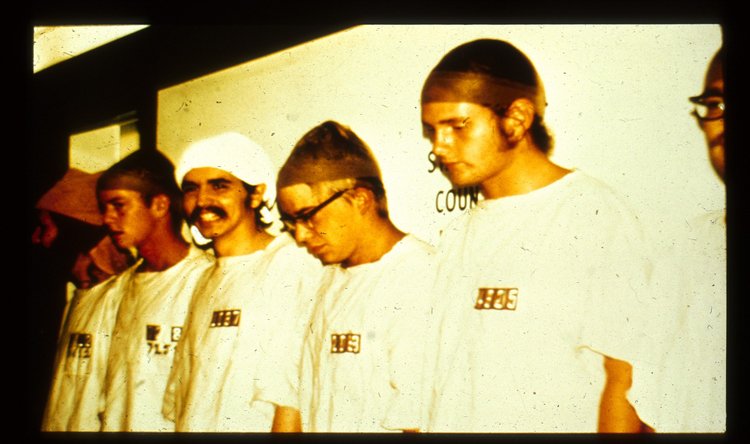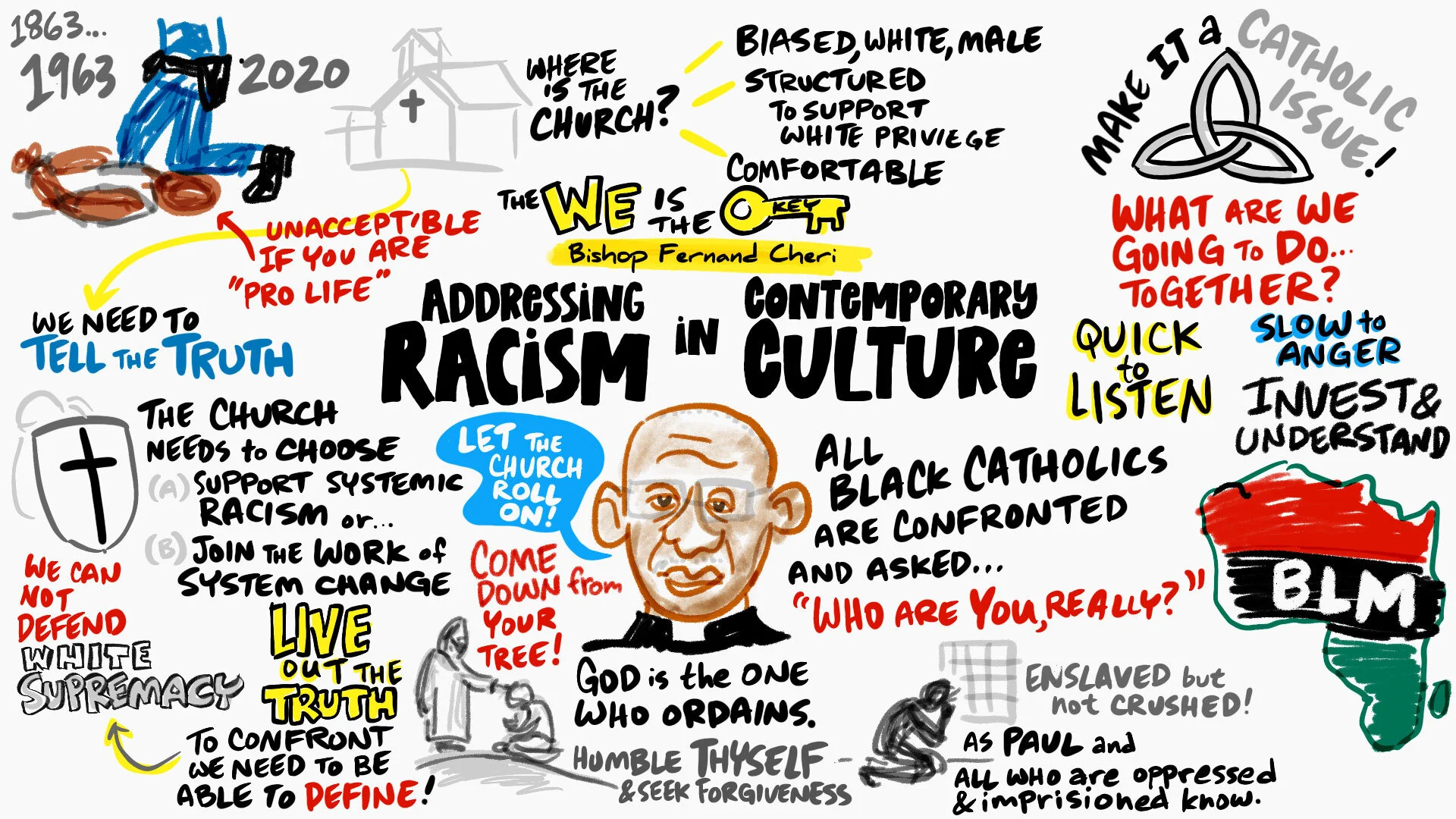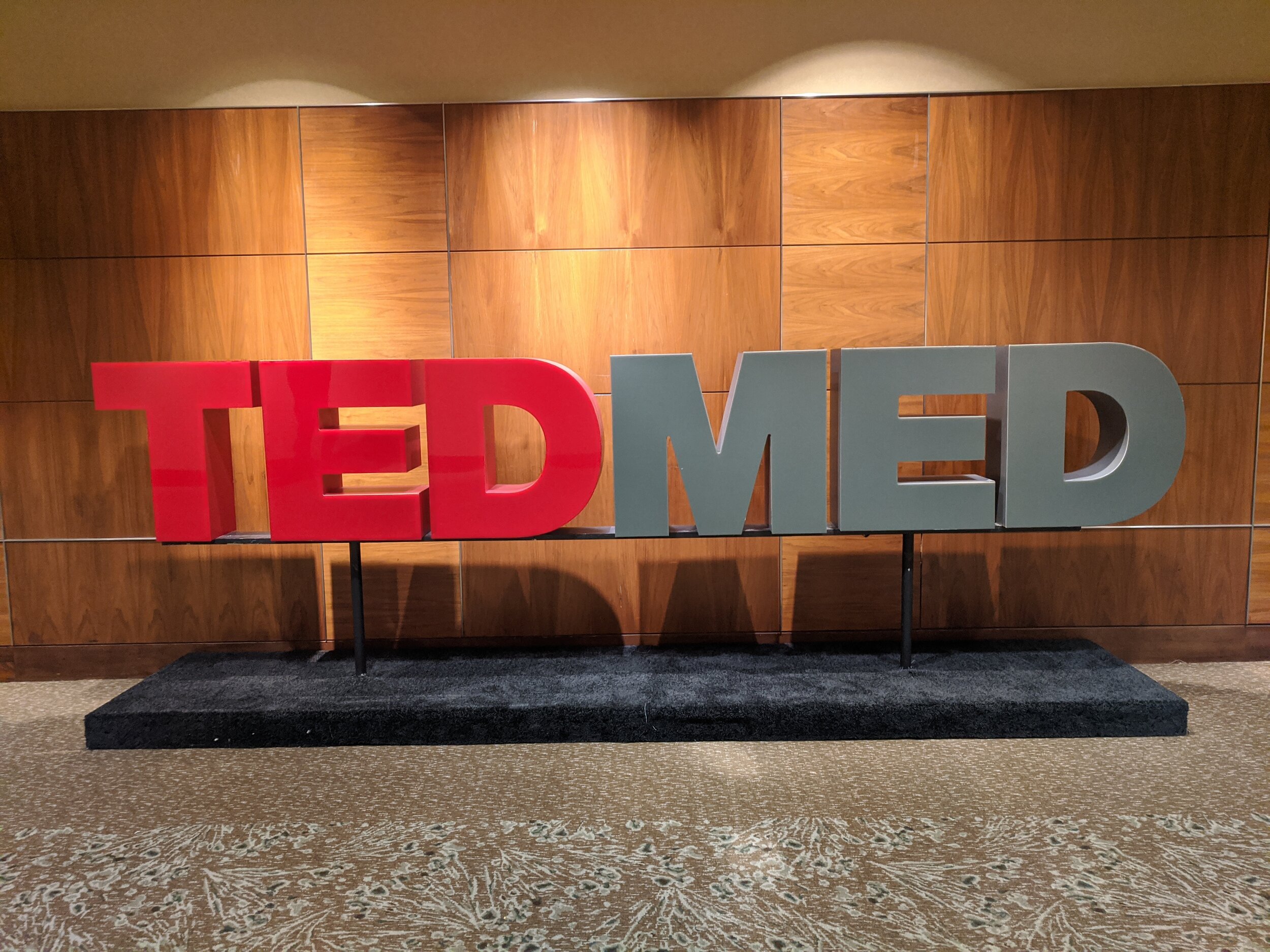
This piece about installation artist/activist
Michael Rakowitz is amazing. It serves as a case study in
problem solving (shelter for the homeless);
product design (portable inflatable dwellings); and
systems thinking (waste energy from HVAC units recycled as life-giving heat and humidity for the homel
From Worldchanging blogger, Sara Rich:
paraSITE is an exploration of temporary urban living spaces, with an historic point of inspiration, and a more utilitarian/humanitarian purpose.

Michael Rakowitz traveled to Jordan in the mid-90s on a study program where he focused in part on the nomadic tradition of the Bedouins, and the architecture of their tents. When he returned to Boston, where he was a student at MIT, the presence of the homeless population in the city triggered a quandary for him regarding the contrast of a nomadic lifestyle by tradition versus by necessity. The nomadic patterns of the urban homeless, particularly in the cold months, were dictated by the location of heating vents releasing exhaust from HVAC systems inside houses and buildings. Many of these systems had been designed like boxes, such that a person could sleep on top of the vent and stay warm; but viewing this as a problem, the city had begun installing vertical vents which slanted downward off the building, making it impossible to rest on them.















